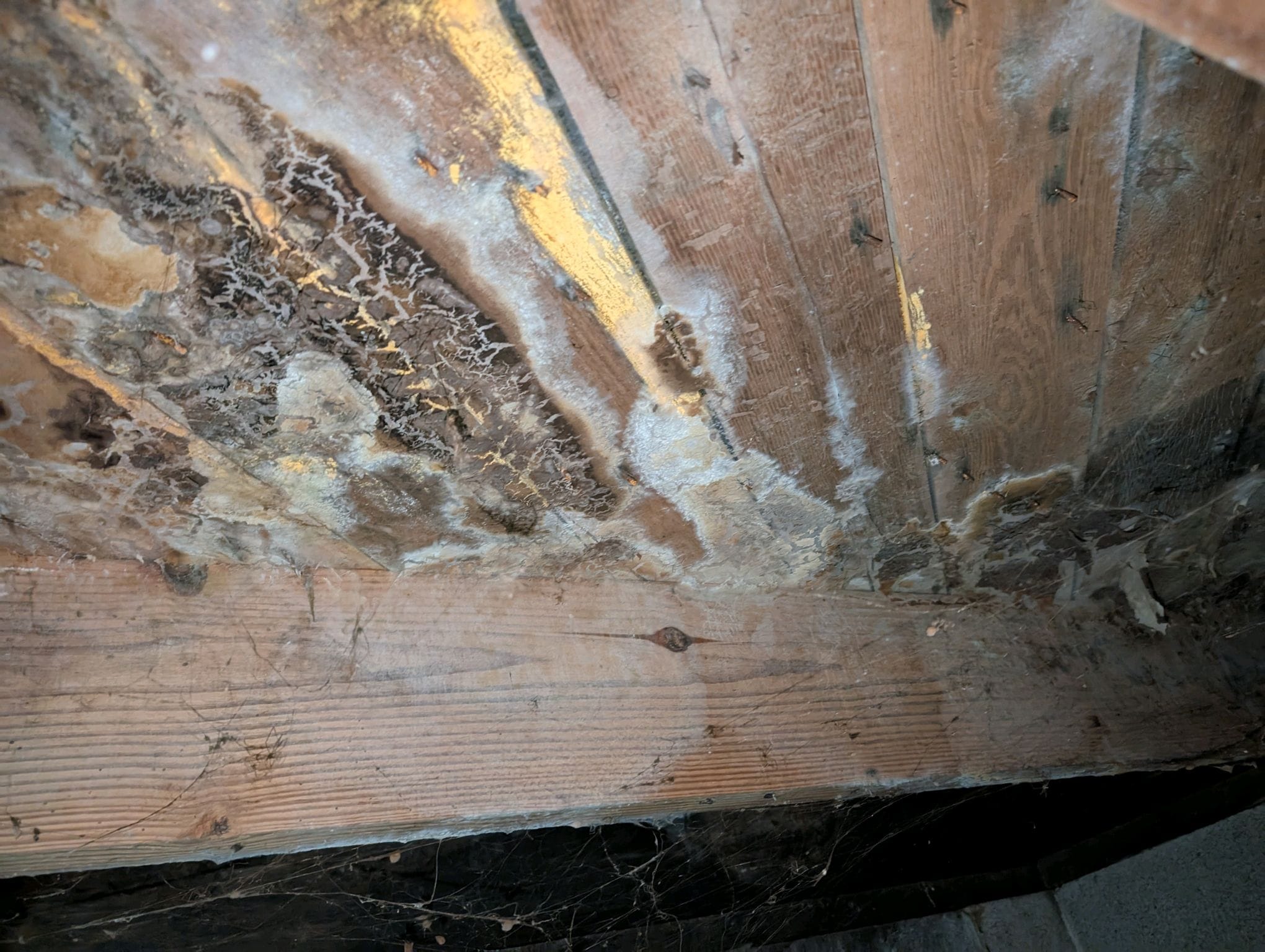
Mold Testing in North Georgia
Mold testing can be an important step in assessing indoor air quality and potential health risks in a home. Each year we encounter numerous mold issues as we test hundreds of homes throughout North Georgia and the Metro Atlanta area. Most mold problems are typically caused by either a water leak or high humidity and can be easily corrected by a professional mold remediation company. The key is to catch a mold issue before it grows or impacts your health. This article will walk you through the key elements of mold testing and what they mean for you.
Disclaimer: Different individuals have varying levels of sensitivity to mold exposure. Some may experience allergic reactions or respiratory issues even at low mold levels, while others may not be affected at all. Always consult a healthcare professional if you have health concerns related to mold exposure.
Understanding Mold Testing Methods
Mold testing typically involves two main methods:
- Air Sampling – Measures the concentration of mold spores in the air, comparing indoor and outdoor samples. This type of sampling can help identify what you may be breathing inside a home.
- Surface Sampling – Collects samples from visible mold growth or suspect areas to identify mold species. This type of sampling can help identify how serious “suspected growth” might be.
The Environmental Protection Agency (EPA) has not established regulations or standards for airborne or surface mold concentrations but does provides some limited guidelines on mold testing. The guidelines outline that visible mold growth is usually a sufficient indicator of a problem, often making testing unnecessary unless specific conditions require it. However, specific conditions that might require testing can include a real estate transaction where there is a need to identify the seriousness and scope of a potential mold issue. It may be difficult to ask a seller to correct a potential mold issue if you do not have data to document the seriousness of the issue.
Key Components of a Mold Report
A typical mold test report includes:
- Spore Count Data – Lists the concentration of different mold species detected in the sample, measured in spores per cubic meter (spores/m³) for air samples.
- Mold Species Identification – Identifies whether the mold is common and benign or potentially harmful.
- Comparison to Outdoor Levels – Helps determine if indoor mold levels are abnormally high.
- Interpretation Notes from the Lab – Provides context for the findings, often noting whether levels are concerning.
interpreting mold Results
It is important to work with a professional technician and mold testing lab that can help answer any questions you may have regarding a mold report. Most modern mold testing reports will help to interpret the results and flag any potential problems. A problem is typically indicated in a mold report when:
- indoor air spore counts are significantly higher than those in the air outside the home
- a surface sample indicates a type of mold present that has known adverse health effects

Next Steps if Problem(s) are indicated
- Consult a Mold Remediation Specialist – If mold levels are high, professional remediation may be needed. A mold remediation company can provide quotes on what it might cost to correct the issues that are present.
- Re-Test After Remediation – A follow-up test ensures that mold levels have returned to a safe range.
Conclusion
Mold testing has become an important part of the home-buying decision for more and more individuals. In short, people want to know what they will be breathing in a home they are purchasing. Air testing may help to reveal hidden issues that can be addressed prior to moving into the home. The goal is always to help put you at ease about your home purchase.
